Home>Gardening & Outdoor>Outdoor Structures>How To Move A Shed On A Trailer
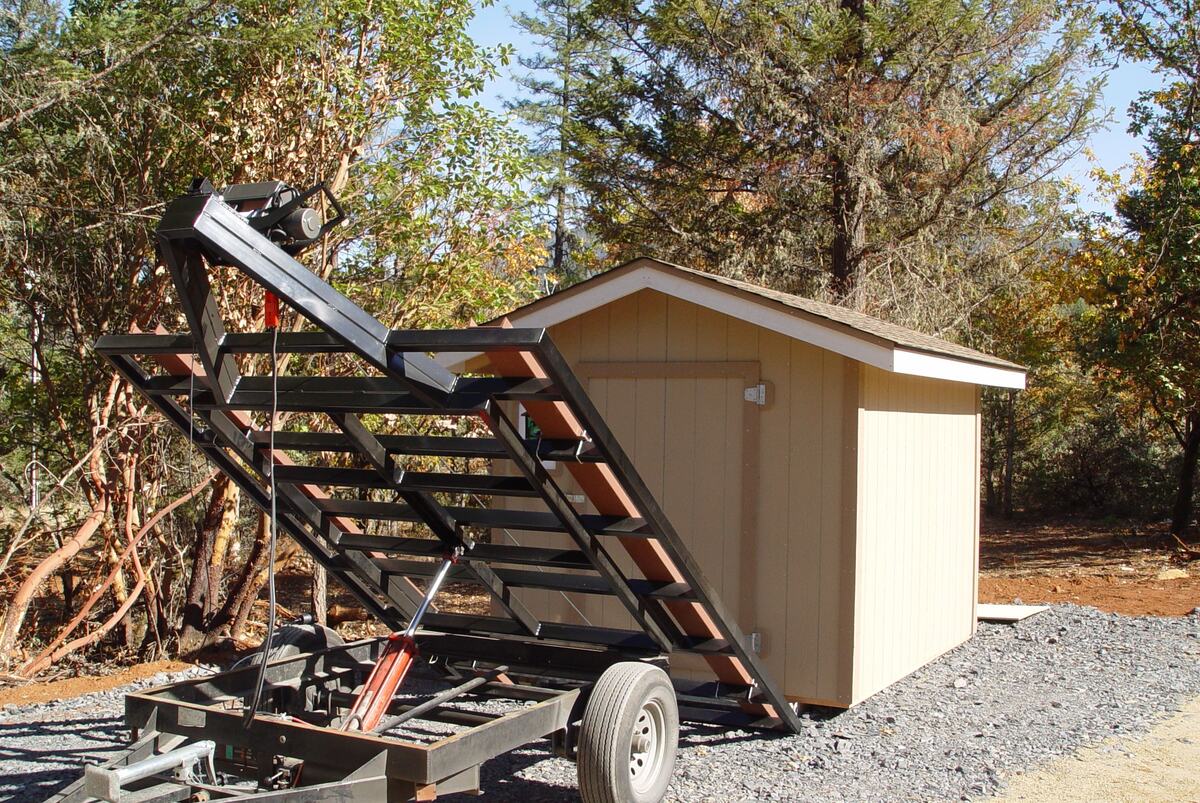

Outdoor Structures
How To Move A Shed On A Trailer
Published: January 19, 2024
Learn how to safely move your outdoor structures with our step-by-step guide. Get expert tips for transporting sheds on a trailer.
(Many of the links in this article redirect to a specific reviewed product. Your purchase of these products through affiliate links helps to generate commission for Storables.com, at no extra cost. Learn more)
Introduction
Moving a shed can be a challenging yet rewarding endeavor. Whether you're relocating to a new property or simply repositioning the shed within your current space, transporting a shed requires careful planning and execution. By following the proper steps and utilizing the right tools, you can successfully move a shed on a trailer without compromising its structural integrity.
In this comprehensive guide, we will walk you through the step-by-step process of moving a shed on a trailer, from assessing the shed and gathering the necessary materials to safely transporting and unloading the shed at its new location. With a bit of preparation and a clear understanding of the logistics involved, you can tackle this project with confidence.
Moving a shed involves several key considerations, including the shed's size, weight, and structural integrity. Additionally, you'll need to assess the terrain, clear any obstacles, and ensure that the trailer and towing vehicle are suitable for the task at hand. By carefully evaluating these factors and taking the time to prepare, you can streamline the moving process and minimize the risk of damage to the shed or surrounding property.
Throughout this guide, we'll provide detailed insights into each stage of the shed-moving process, offering practical tips and expert advice to help you navigate potential challenges. Whether you're a seasoned DIY enthusiast or tackling this project for the first time, this guide will equip you with the knowledge and confidence needed to move a shed safely and efficiently.
So, if you're ready to embark on the exciting journey of relocating a shed, let's dive into the essential steps and considerations that will pave the way for a successful and seamless shed-moving experience. With the right approach and a can-do attitude, you'll soon be marveling at the sight of your shed in its new, carefully chosen location.
Key Takeaways:
- Moving a shed on a trailer requires careful planning, proper tools, and thorough preparation to ensure a safe and successful relocation process. Assessing the shed, gathering materials, and securing the shed are crucial steps for a smooth transition.
- When moving a shed, it’s important to assess its size, weight, and condition, gather the right tools and materials, and secure it properly for transportation. Careful planning and attention to detail are key to a successful shed-moving experience.
Read more: How To Move Storage Shed
Assessing the Shed
Before embarking on the process of moving a shed, it’s crucial to conduct a thorough assessment of the structure and its surroundings. This initial step will provide valuable insights into the shed’s dimensions, weight, and overall condition, allowing you to make informed decisions and preparations for the relocation.
Begin by carefully measuring the dimensions of the shed, including its length, width, and height. This information will be essential for determining whether the shed can be safely transported on a standard trailer and for planning the logistics of loading and unloading. Additionally, take note of any overhanging features, such as eaves or protruding elements, that may affect the shed’s clearance during transportation.
Next, assess the shed’s weight by consulting its original specifications or using a suitable weighing scale. Understanding the shed’s weight is crucial for selecting an appropriate trailer and ensuring that the towing vehicle is capable of safely transporting the load. If the shed exceeds the towing capacity of your vehicle, it may be necessary to enlist the assistance of a professional towing service or consider alternative transportation methods.
Inspect the shed’s structural integrity, paying close attention to its foundation, support beams, and overall stability. Look for signs of rot, decay, or damage that could compromise the shed’s structural strength during the moving process. Address any existing issues and reinforce weak areas as needed to prevent further damage or instability during transportation.
Consider the terrain and accessibility of the shed’s current location. Evaluate the path leading to the shed, taking note of any obstacles, uneven terrain, or narrow passages that may pose challenges during the moving process. Clear any debris, obstructions, or vegetation that could impede the movement of the shed and ensure a clear, safe pathway for the trailer and towing vehicle.
Finally, assess the destination where the shed will be relocated. Ensure that the new location can accommodate the shed’s dimensions and that the terrain is suitable for unloading and positioning the structure. Take into account any potential obstacles or challenges at the new site and make any necessary preparations to facilitate a smooth transition for the shed.
By thoroughly assessing the shed and its surroundings, you’ll gain a comprehensive understanding of the logistical considerations and potential obstacles involved in the shed-moving process. Armed with this knowledge, you can proceed to gather the materials and tools needed for the relocation, confident in your ability to plan and execute the move effectively.
Gathering Materials and Tools
As you prepare to move a shed on a trailer, assembling the necessary materials and tools is a critical step in ensuring a smooth and efficient relocation process. By having the right equipment at your disposal, you can tackle the various tasks involved in moving the shed with confidence and precision.
Here’s a comprehensive list of materials and tools you’ll need for the shed-moving project:
- Trailer: Select a sturdy, appropriately sized trailer capable of accommodating the dimensions and weight of the shed. Ensure that the trailer is in good condition, with functioning brakes, lights, and a secure hitch.
- Towing Vehicle: Use a reliable towing vehicle with adequate towing capacity to transport the loaded trailer and shed. Verify that the vehicle’s towing hitch is compatible with the trailer and that its mechanical components are in optimal working condition.
- Ramps or Lifts: Obtain sturdy ramps or lifting equipment to facilitate the loading and unloading of the shed onto and off the trailer. Ensure that the ramps are rated for the shed’s weight and that they provide a safe and gradual incline for the shed to traverse.
- Support Beams and Bracing: Secure sturdy support beams and bracing materials to reinforce the shed’s structure during transportation. These components will help distribute the weight evenly and minimize the risk of structural damage while the shed is in transit.
- Fastening and Securing Equipment: Gather heavy-duty straps, chains, and fastening hardware to secure the shed to the trailer securely. Ensure that the fastening equipment is rated for the shed’s weight and that it provides reliable anchoring points to prevent shifting or movement during transport.
- Protective Coverings: Consider using tarpaulins or protective coverings to shield the shed from environmental elements, such as wind, rain, or debris, during transportation. These coverings will help safeguard the shed’s exterior and contents from potential damage en route to its new location.
- Tools: Equip yourself with a comprehensive set of tools, including wrenches, screwdrivers, hammers, and other essential hand tools for disassembling, securing, and reassembling components of the shed as needed. Additionally, have a reliable power drill and appropriate hardware for any on-site adjustments or repairs.
By gathering these materials and tools in advance, you’ll be well-prepared to handle the logistical and mechanical aspects of moving the shed onto the trailer and ensuring its safe transport to the new location. With the right equipment at your disposal, you can approach each phase of the shed-moving process with confidence and efficiency, setting the stage for a successful relocation endeavor.
Preparing the Shed
Before the shed can be safely moved onto a trailer, thorough preparation of the structure is essential to ensure a smooth and secure relocation process. By taking the time to prepare the shed properly, you can minimize the risk of damage during loading, transportation, and unloading, ultimately preserving the integrity of the shed for its new location.
Here are the key steps involved in preparing the shed for relocation:
- Clearing the Interior: Remove all items, tools, and equipment from inside the shed, ensuring that the interior is completely empty. Clearing the space will reduce the overall weight of the shed and prevent any loose items from shifting or causing damage during transport.
- Securing Loose Components: Inspect the shed’s exterior and interior for any loose or detachable components, such as doors, windows, or trim. Securely fasten or remove these elements to prevent them from becoming dislodged or damaged during transit. Label and store any removable parts for reinstallation at the new location.
- Disassembling Sections (if necessary): If the shed’s size or weight presents challenges for transportation, consider disassembling sections of the structure, such as the roof or larger panels. Follow the manufacturer’s guidelines for disassembly, and carefully label and organize the components for reassembly at the destination.
- Reinforcing Weak Areas: Address any structural weaknesses or vulnerabilities in the shed, such as rotting wood, loose joints, or compromised supports. Strengthen these areas with additional bracing, fasteners, or repairs to fortify the shed’s structure and prevent further deterioration during the relocation process.
- Leveling and Stabilizing: Ensure that the shed is positioned on a stable and level surface to facilitate safe loading onto the trailer. Use shims or additional support materials to stabilize the shed if the ground surface is uneven, minimizing the risk of shifting or tilting during the loading process.
- Inspecting the Foundation: If the shed is supported by a foundation, carefully inspect the foundation for any signs of damage, settling, or instability. Address any foundation concerns to ensure that the shed’s base is secure and capable of withstanding the stresses of transportation.
By meticulously preparing the shed for relocation, you’ll create a secure and manageable framework for the subsequent stages of the moving process. Taking the time to address these preparatory tasks will set the stage for a successful and stress-free transition, allowing you to proceed with confidence as you move the shed onto the trailer and embark on the journey to its new location.
When moving a shed on a trailer, make sure to secure the shed to the trailer using straps or chains to prevent it from shifting during transport. Also, check the weight capacity of the trailer to ensure it can safely carry the shed.
Moving the Shed onto the Trailer
As you prepare to load the shed onto the trailer, careful planning and precise execution are essential for ensuring a safe and successful transition. The process of moving the shed onto the trailer requires coordinated efforts, proper equipment, and a keen focus on safety to minimize the risk of damage to the shed and surrounding property.
Here’s a step-by-step guide for moving the shed onto the trailer:
- Positioning the Trailer: Park the trailer on a stable and level surface, ensuring that it is aligned with the shed’s intended loading position. Engage the trailer’s brakes and ensure that the towing vehicle is securely parked, providing a stable foundation for the loading process.
- Preparing the Ramps or Lifts: If utilizing ramps or lifting equipment, position them securely at the rear of the trailer, ensuring a gradual incline and a stable connection to the trailer’s surface. Verify that the ramps or lifts are rated for the shed’s weight and can accommodate its dimensions without risk of slippage or instability.
- Aligning the Shed: Carefully position the shed in front of the trailer, ensuring that it is centered and aligned with the ramps or lifting equipment. Take into account any overhanging features or protrusions on the shed and ensure that there is sufficient clearance for loading onto the trailer.
- Gradual Loading: With caution and precision, begin moving the shed onto the trailer using the designated ramps or lifting apparatus. Enlist the assistance of additional individuals to guide and support the shed’s movement, ensuring that it remains aligned and stable throughout the loading process.
- Monitoring Clearance: As the shed ascends the ramps or lifts, carefully monitor its clearance and stability, ensuring that it remains level and centered on the trailer’s surface. Address any potential obstructions or alignment issues to prevent damage to the shed or the trailer during the loading process.
- Securing the Shed: Once the shed is fully positioned on the trailer, secure it in place using heavy-duty straps, chains, or fastening equipment. Anchor the shed to the trailer’s surface at multiple points, distributing the securing points evenly to minimize movement and shifting during transportation.
By following these steps and exercising caution throughout the loading process, you can effectively move the shed onto the trailer with precision and care. With the shed securely positioned and anchored on the trailer, you’re now ready to proceed to the next crucial phase: securing the shed for transportation to its new location.
Read more: How To Move A Tuff Shed
Securing the Shed on the Trailer
Once the shed is safely positioned on the trailer, the next critical step is to secure it effectively for transportation. Properly securing the shed is paramount to ensure its stability and integrity throughout the journey to its new location. By employing robust fastening methods and strategic anchoring points, you can safeguard the shed against shifting, tilting, or potential damage during transit.
Here’s a comprehensive approach to securing the shed on the trailer:
- Strategic Anchoring: Identify and establish multiple anchoring points on the shed and the trailer, strategically distributing the securing locations to evenly distribute the load. Secure the shed using heavy-duty straps, chains, or fastening hardware, ensuring that each anchoring point is capable of withstanding the stresses of transportation.
- Tension and Stability: Apply tension to the securing equipment, ensuring that the shed is firmly anchored to the trailer’s surface without excessive slack or movement. Verify that the tension is evenly distributed across the securing points, minimizing the potential for shifting or swaying during transit.
- Protection from Elements: If transporting the shed over an extended distance or in varying weather conditions, consider using protective coverings, such as tarpaulins or weather-resistant materials, to shield the shed from wind, rain, and debris. Secure the coverings in place to provide an additional layer of protection for the shed’s exterior and contents.
- Inspecting Securement: Thoroughly inspect the securing equipment and anchoring points to ensure that they are robust and reliable. Address any signs of wear, loosening, or potential vulnerabilities in the securing system, reinforcing or replacing components as needed to maintain the shed’s stability during transportation.
- Verifying Compliance: Confirm that the securing methods and equipment comply with local transportation regulations and safety standards. Ensure that the shed’s dimensions, weight, and securing mechanisms adhere to legal requirements for transporting oversized or heavy loads on public roadways.
By meticulously securing the shed on the trailer and attending to the critical details of fastening and protection, you can embark on the transportation phase with confidence, knowing that the shed is well-prepared to withstand the rigors of the journey. With the shed securely anchored and shielded from external elements, you’re now ready to initiate the transport process and convey the shed to its new destination.
Transporting the Shed
As the shed is securely anchored and prepared for transportation, the next phase involves navigating the logistics of conveying the shed to its new location. Transporting a shed on a trailer demands careful attention to safety, route planning, and compliance with transportation regulations. By approaching the transport process with diligence and a focus on precautionary measures, you can ensure a smooth and secure journey for the shed.
Here are the essential considerations for transporting the shed:
- Route Planning: Select a travel route that accommodates the dimensions of the shed and the trailer, avoiding low clearance areas, narrow passages, or weight-restricted roadways. Plan the route in advance, identifying potential obstacles or challenges that may require detours or alternative paths to reach the destination.
- Clear Communication: If enlisting the assistance of a towing service or additional vehicles for the transport, establish clear communication protocols to coordinate the movement of the shed. Ensure that all involved parties are aware of the shed’s dimensions, weight, and specific requirements for safe transport.
- Adhering to Speed and Caution: Maintain a controlled and moderate speed while transporting the shed, prioritizing safety and stability throughout the journey. Exercise caution when navigating turns, inclines, or uneven road surfaces, minimizing sudden movements or abrupt braking to prevent shifting or tilting of the shed on the trailer.
- Regular Monitoring: Periodically inspect the shed and its securing mechanisms during transport, verifying that the anchoring points remain secure and the shed maintains its stability. Address any signs of loosening or shifting promptly, ensuring that the shed is safeguarded against potential hazards en route to its new location.
- Compliance with Regulations: Adhere to local transportation regulations and guidelines pertaining to oversized or heavy loads, ensuring that the shed’s transport aligns with legal requirements. Display any necessary signage or indicators to alert other motorists to the presence of an oversized load and maintain compliance with relevant safety standards.
By conscientiously addressing these considerations and maintaining a vigilant approach to the transport process, you can safeguard the shed against potential risks and ensure its safe arrival at the designated location. With a focus on meticulous planning, communication, and adherence to safety protocols, the shed’s transportation journey can proceed smoothly, setting the stage for its successful unloading and repositioning at the new site.
Unloading the Shed
Upon arriving at the shed’s new location, the final phase of the relocation process involves unloading the shed from the trailer and positioning it in its designated spot. Unloading the shed demands careful coordination, attention to detail, and a focus on safety to ensure a seamless transition from the trailer to its new foundation. By following a systematic approach and prioritizing precautionary measures, you can complete the unloading process with efficiency and precision.
Here’s a step-by-step guide for unloading the shed:
- Identifying Unloading Area: Select a clear and level area for unloading the shed, ensuring that it provides ample space for maneuvering and positioning the structure. Verify that the unloading site aligns with the shed’s intended placement, allowing for straightforward repositioning upon removal from the trailer.
- Securing the Unloading Area: If necessary, use blocks, chocks, or additional support materials to stabilize the trailer and prevent movement during the unloading process. Ensure that the trailer remains stationary and secure, providing a stable platform for unloading the shed.
- Gradual Unloading: Utilize ramps, lifting equipment, or other suitable methods to gradually unload the shed from the trailer. Exercise caution and precision during the unloading process, ensuring that the shed descends smoothly and remains stable as it transitions from the trailer to the ground.
- Positioning the Shed: Coordinate the movement of the shed as it is unloaded, guiding it to its designated location at the new site. Ensure that the shed is aligned with its foundation and positioned according to the predetermined layout, allowing for seamless reassembly or adjustment as needed.
- Reassembly and Adjustment: If the shed was partially disassembled for transport, proceed with reassembling the components and addressing any adjustments required for its new location. Follow the manufacturer’s guidelines for reassembly, ensuring that the shed’s structural integrity is restored and any detached elements are securely reinstalled.
- Final Inspection: Thoroughly inspect the shed and its surroundings upon unloading, verifying that it has been positioned securely and is ready for immediate use or further customization. Address any remaining tasks, such as leveling the shed or making final adjustments, to ensure that it is fully prepared for its intended purpose at the new location.
By methodically executing the unloading process and attending to the critical details of positioning and reassembly, you can successfully complete the shed’s relocation journey and prepare it for a seamless transition to its new environment. With a focus on safety, precision, and meticulous attention to the unloading process, the shed can now take its place in its carefully chosen location, ready to fulfill its functional and aesthetic role in its new surroundings.
Frequently Asked Questions about How To Move A Shed On A Trailer
Was this page helpful?
At Storables.com, we guarantee accurate and reliable information. Our content, validated by Expert Board Contributors, is crafted following stringent Editorial Policies. We're committed to providing you with well-researched, expert-backed insights for all your informational needs.
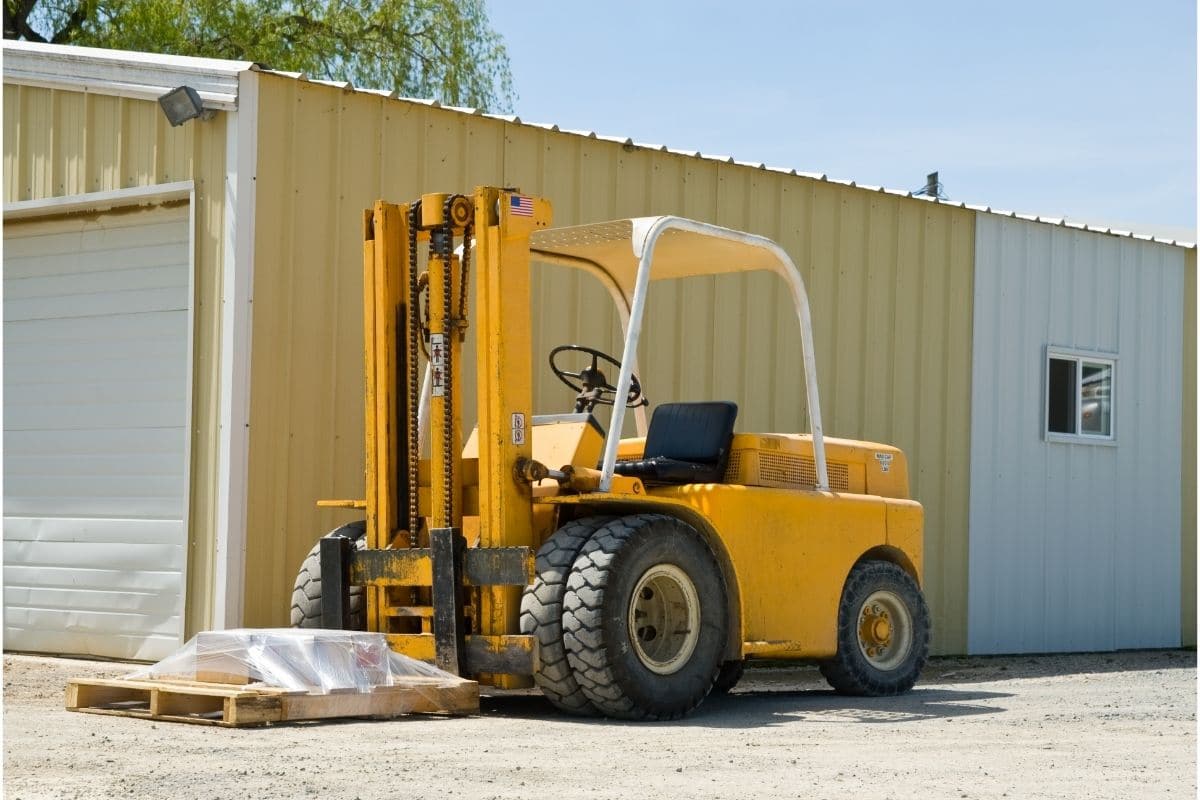

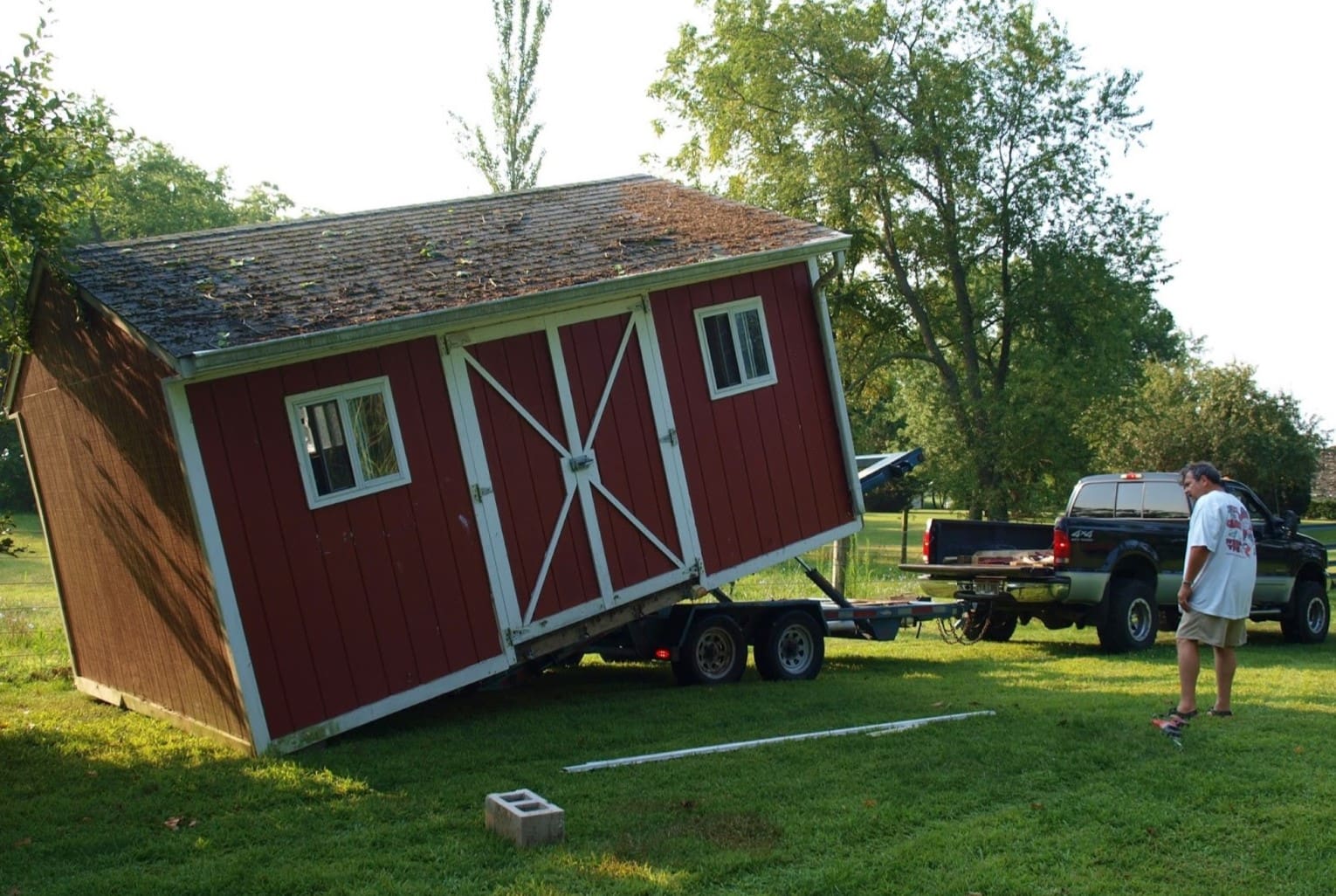
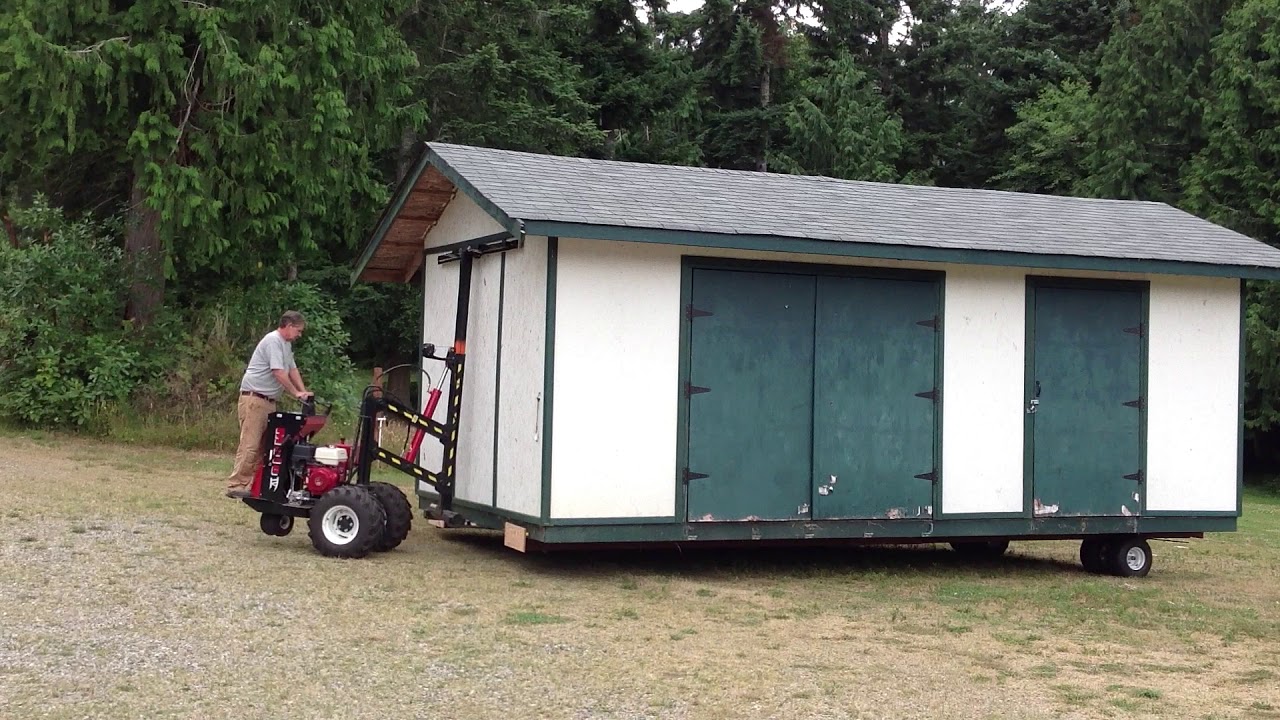
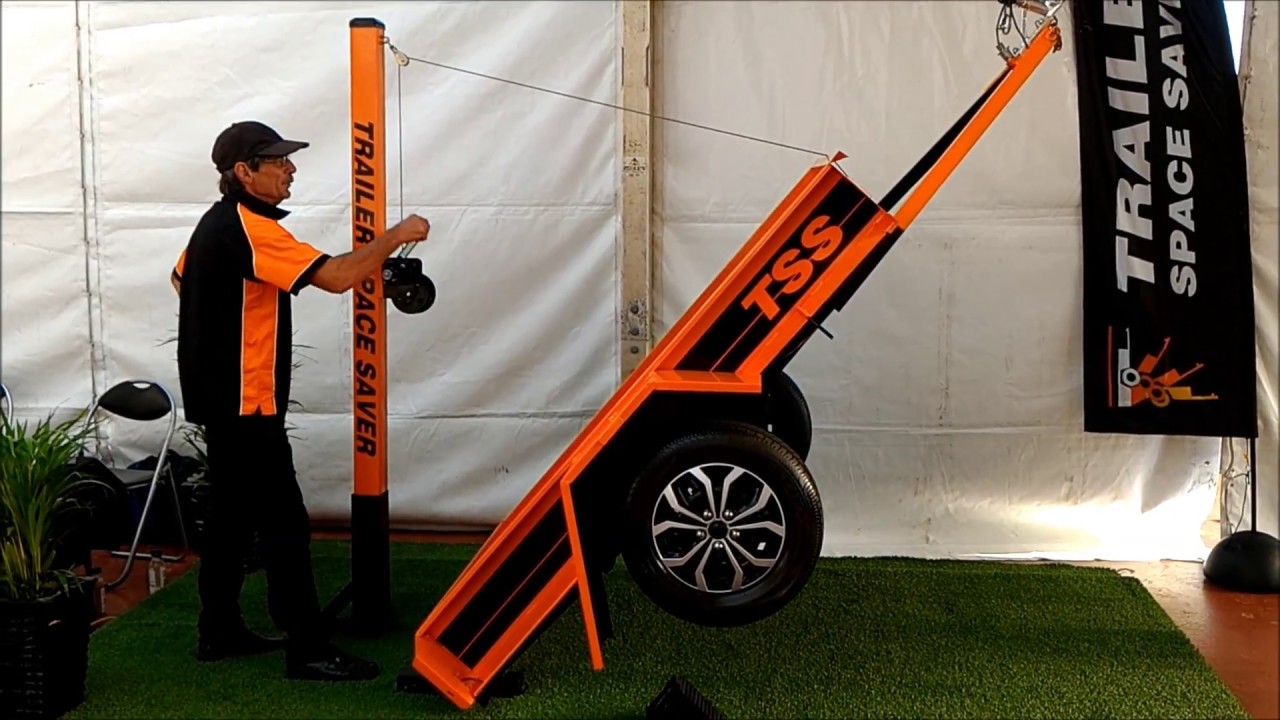
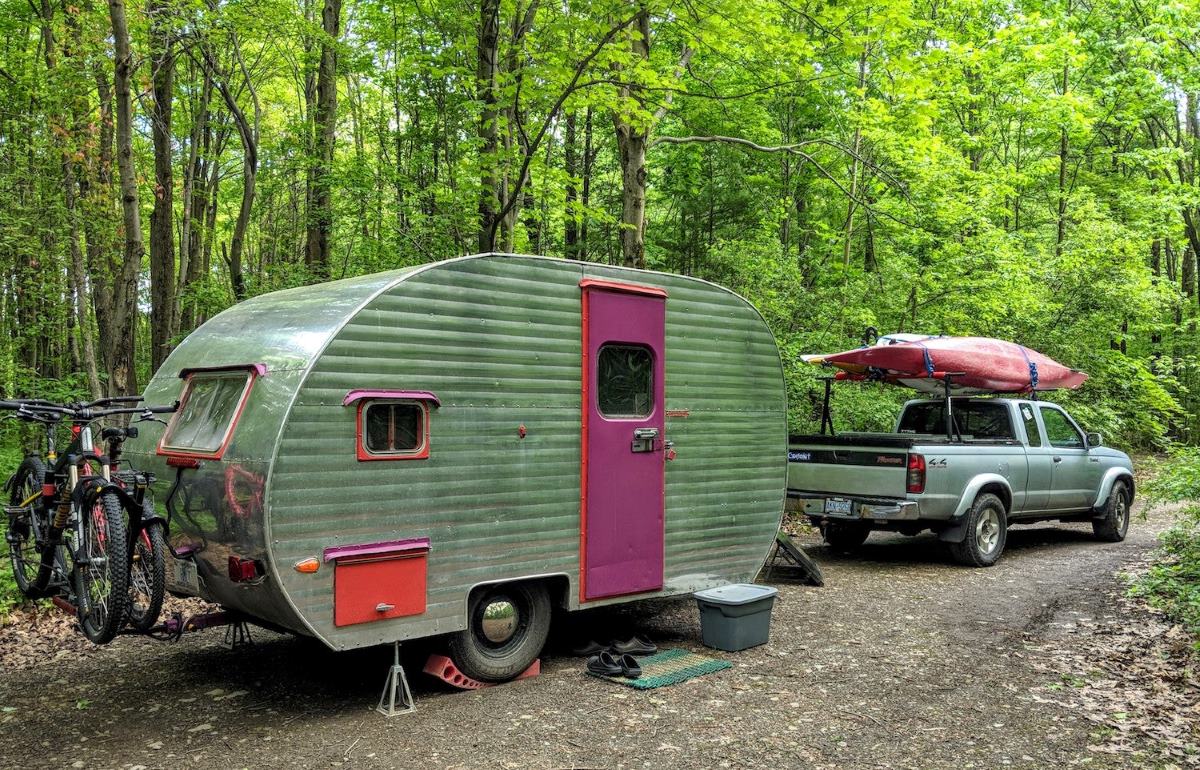
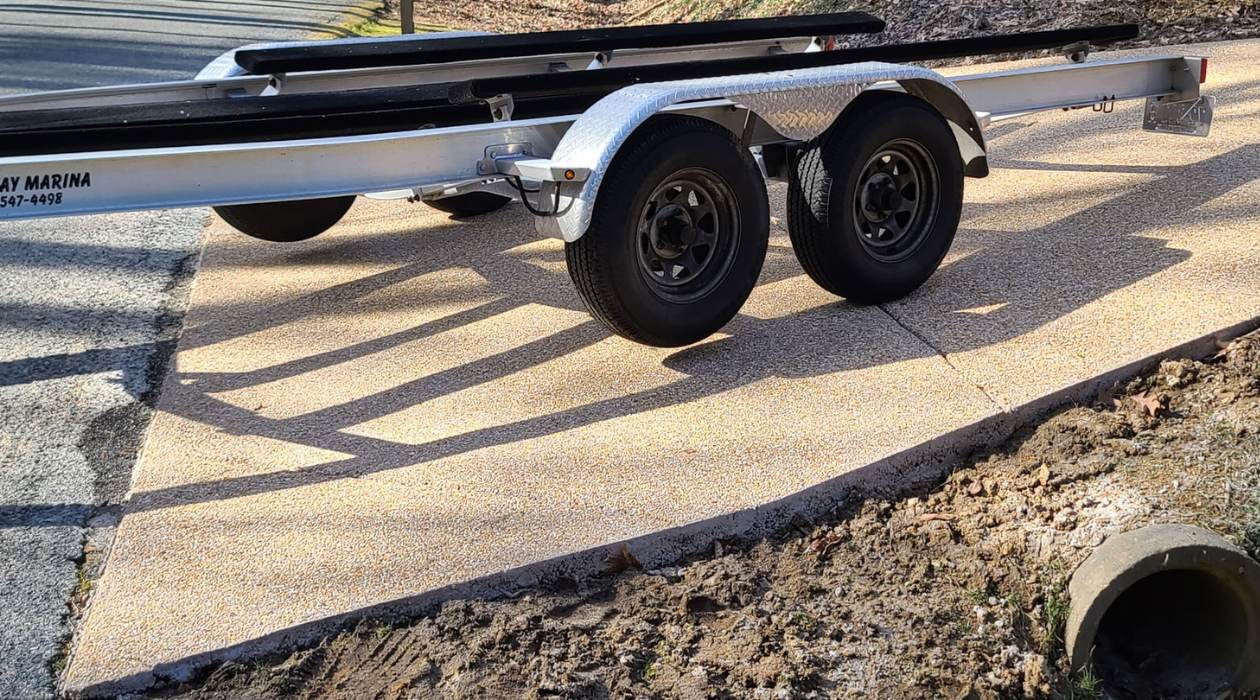
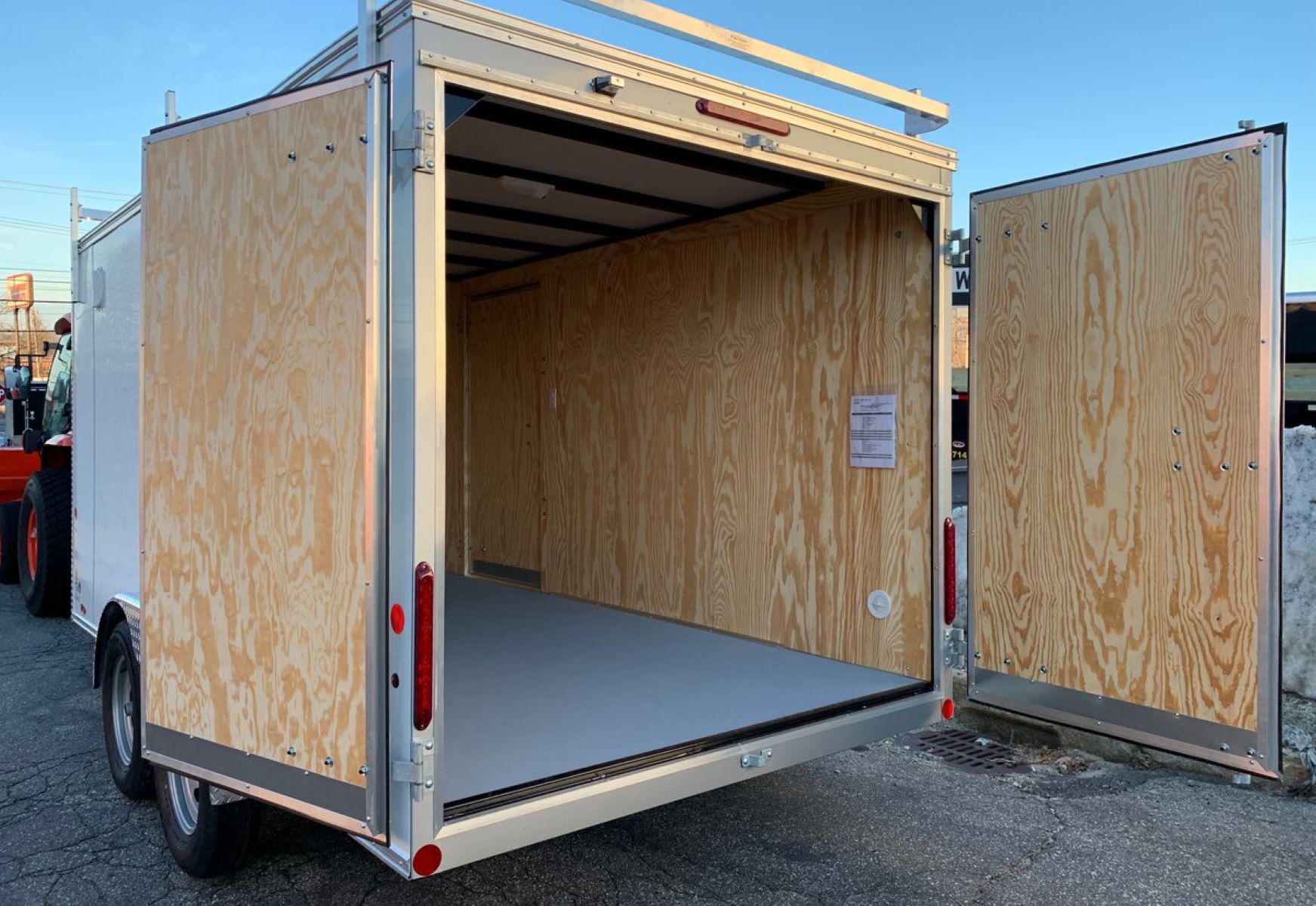
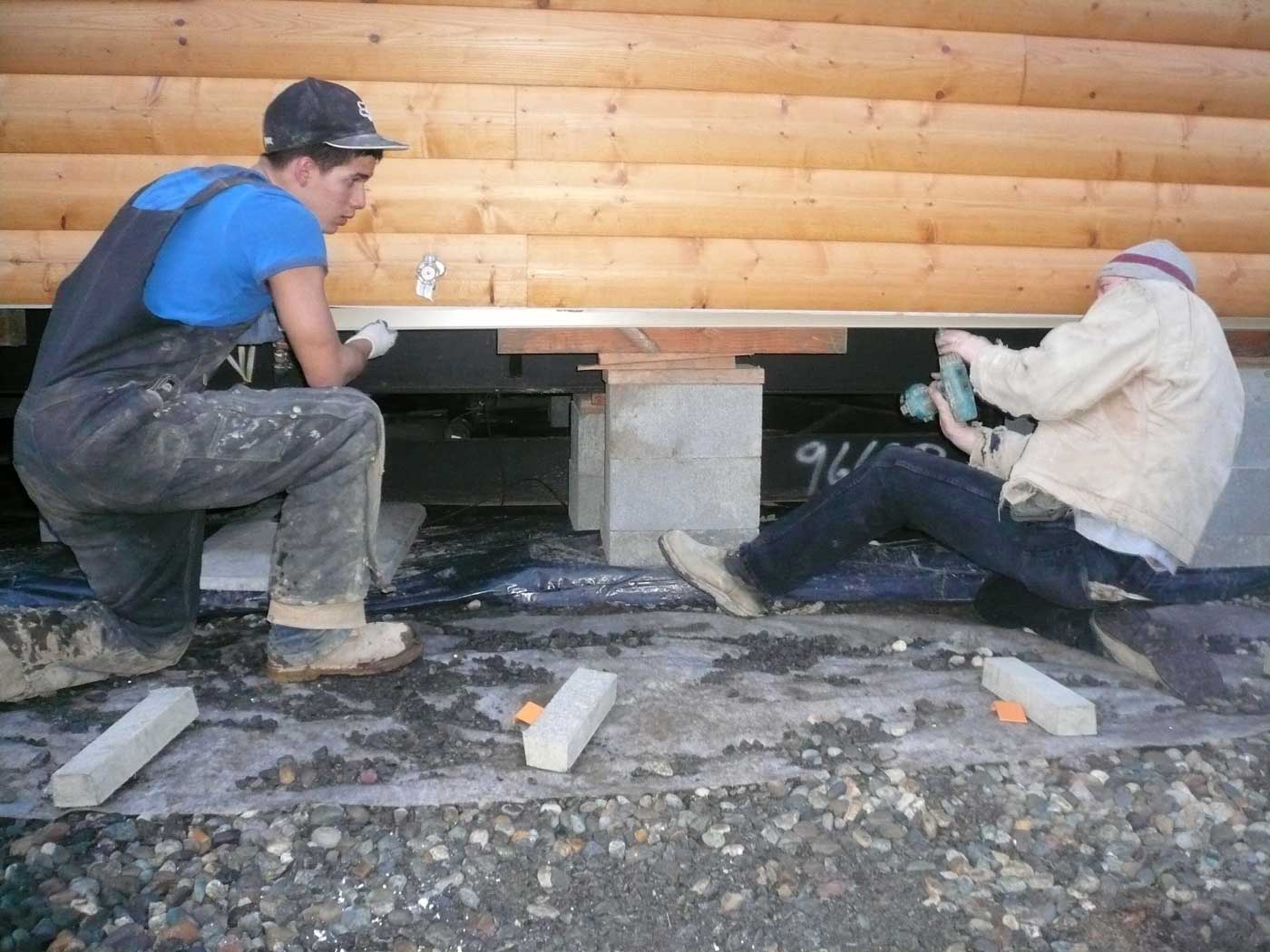
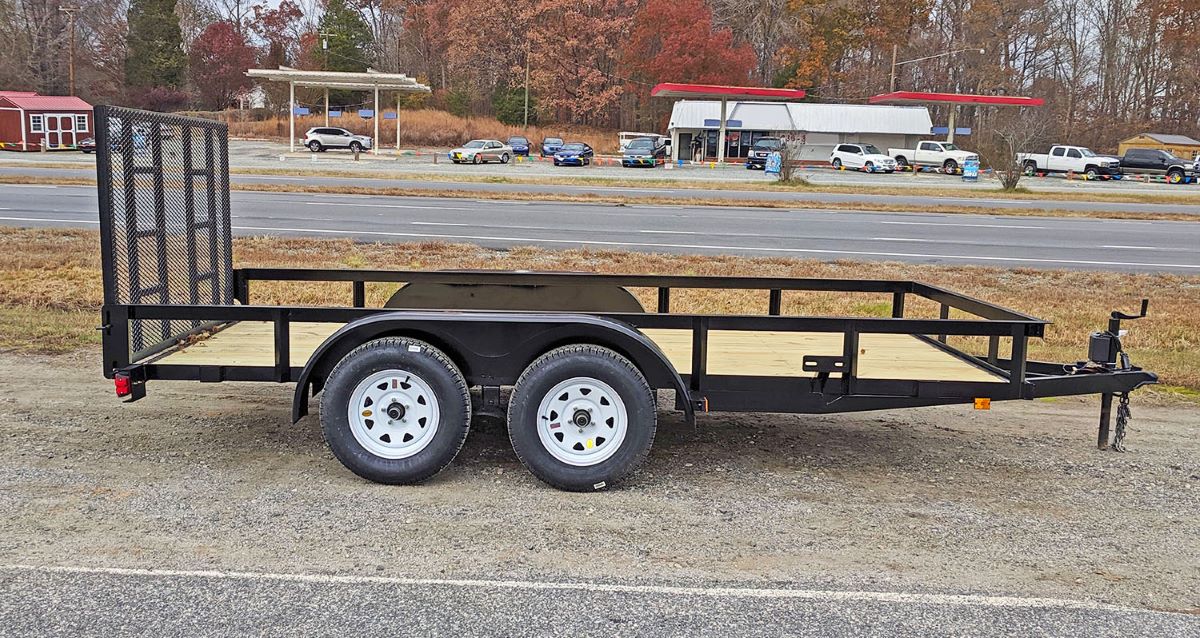

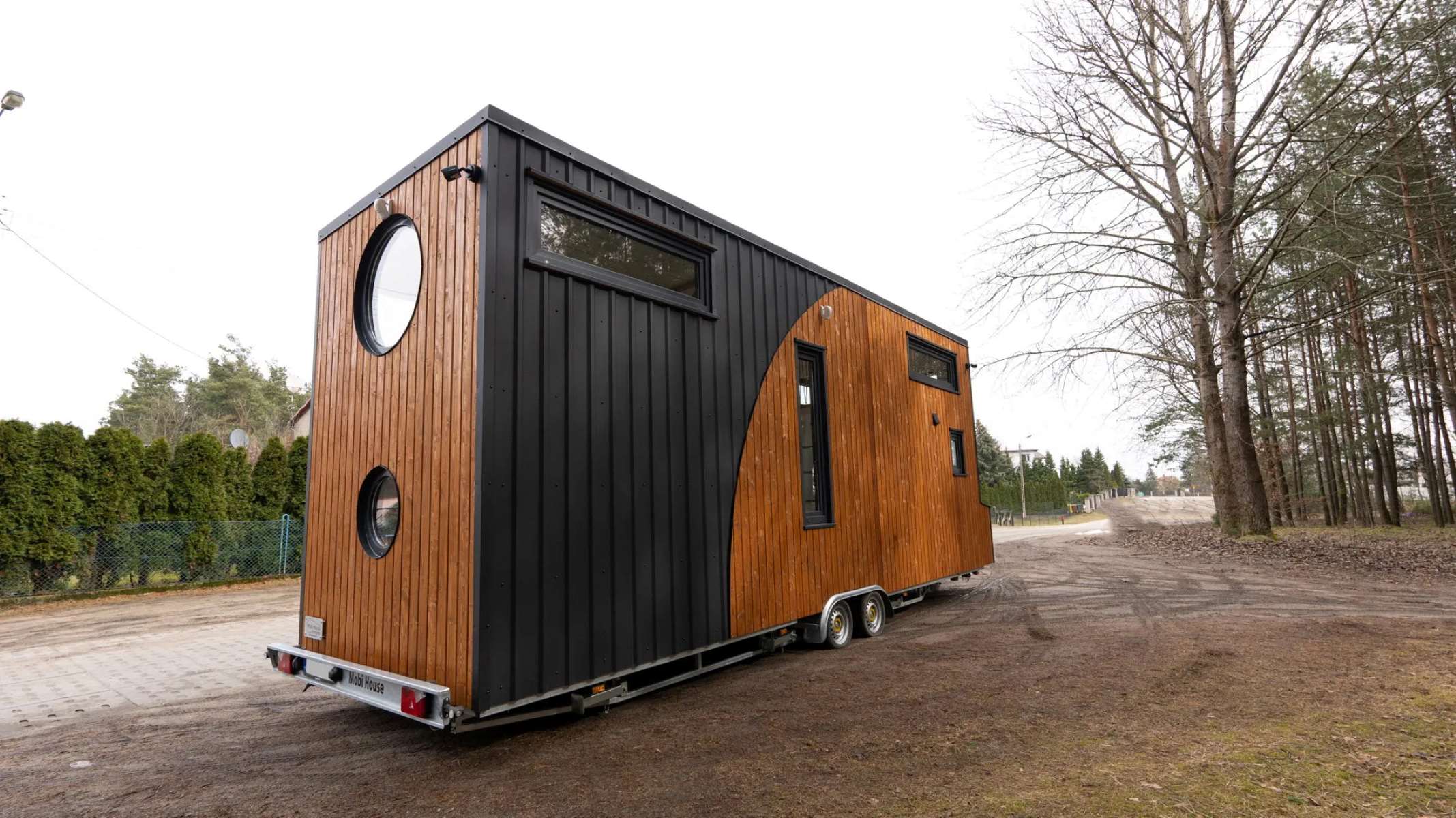



0 thoughts on “How To Move A Shed On A Trailer”